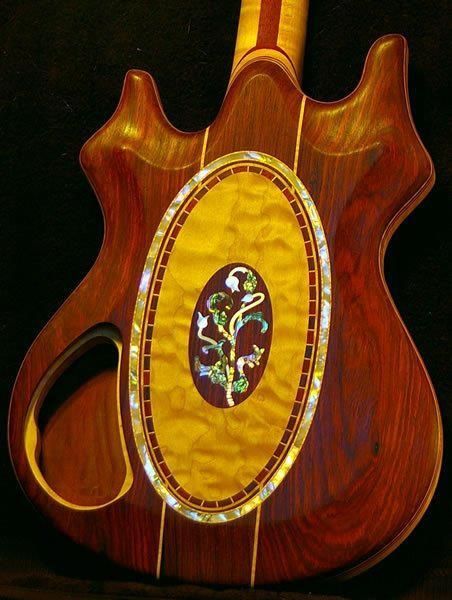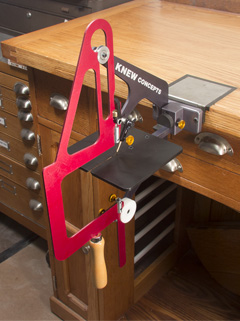I hope not!
I did get the turntable back together and cycled it manually. Everything worked... then it didn't. Turns out I lost an E-clip somewhere along the way. Once I find a replacement, it should be fully functional. I'll bet it's been a good 25 years since it's spun a record. Just hoping there's no more surprises.





 Reply With Quote
Reply With Quote



 I still don't know what I'll do with the legs.
I still don't know what I'll do with the legs.

 But it's my first try at this. I have no idea how anyone can make a living doing this! I spent well over an hour on just those four letters, probably closer to 1-1/2 hours. I don't see a lot of inlay in my future.
But it's my first try at this. I have no idea how anyone can make a living doing this! I spent well over an hour on just those four letters, probably closer to 1-1/2 hours. I don't see a lot of inlay in my future.







